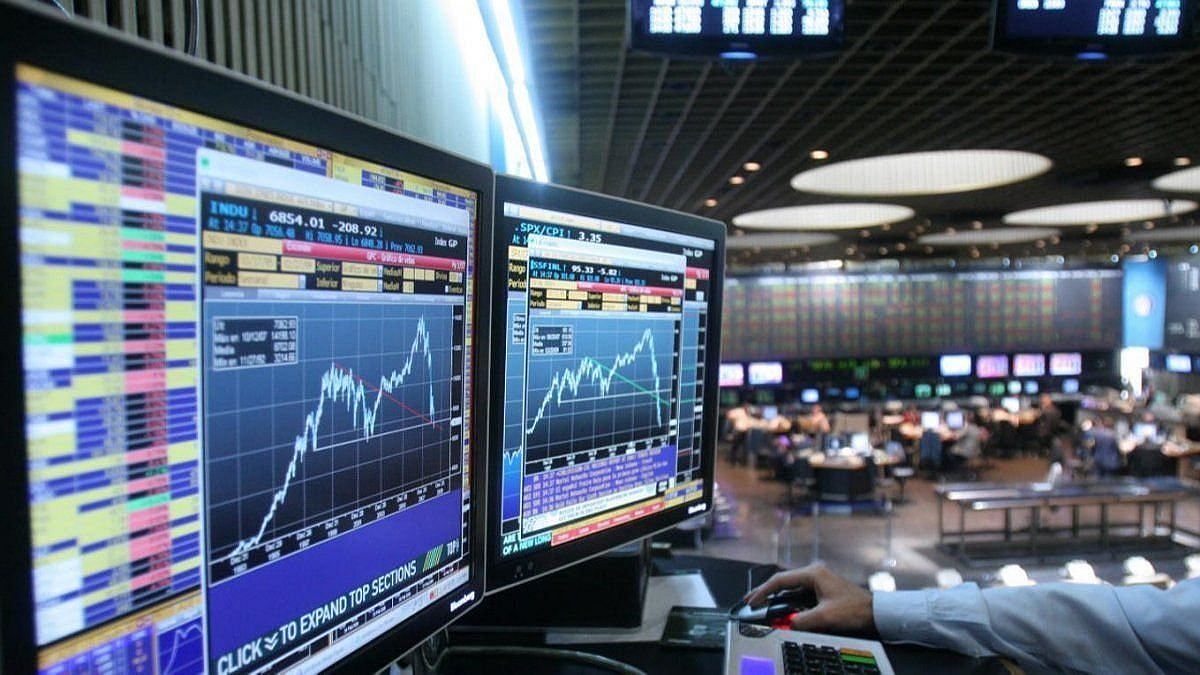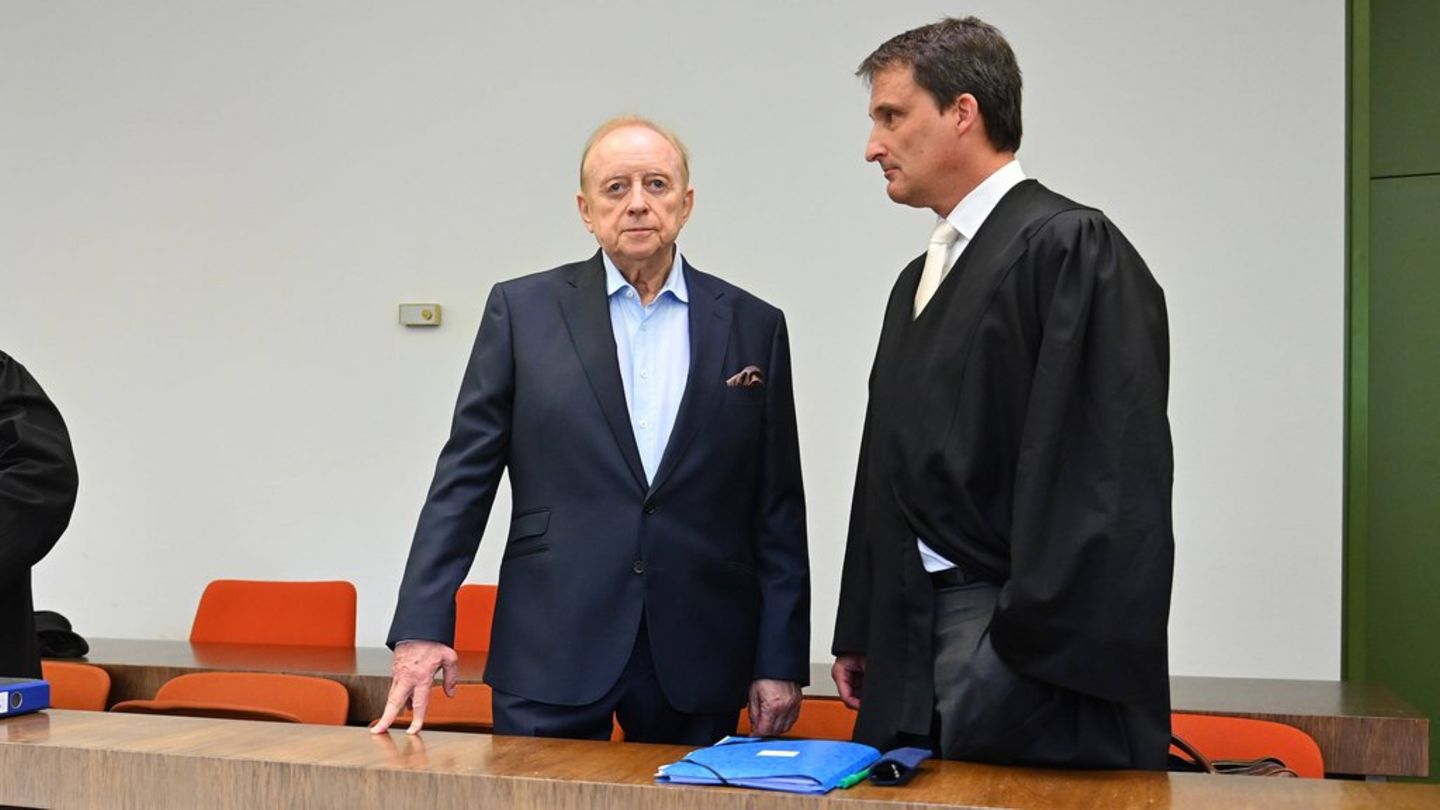With widespread rises of up to 7% in leading shares, the S&P Merval by BYMA posted its biggest daily rise in almost a month this Thursday, June 1, before recompositions of portfolios, at times when the Central Bank (BCRA) accelerated the protection of its scarce reserves, with a measure that affects the provinces, and the Ministry of Economy plans a new voluntary exchange of bonds in pesos in order to clear large maturities.
The leading stock index of the Buenos Aires stock market climbed 3.3%to 353,373.62 pointsagainst an intraday historical maximum level in pesos of 353,940.04 units. The The stock market comes from advancing 14.8% in May, period in which it stood out as one of the best investments of May.
The shares that recorded the largest increases were those of Telecom (+7%); Transportadora de Gas del Sur (+6.3%); Central Port (+6.2%); Edenor (+6.1%); and Macro Bank (+6.1%).
In Wall Streetmeanwhile, the Argentine ADRs also closed with general advances: the most relevant promotions were written down Central Port (+5.5%); Telecom (+5.2%); and IRSA (+5.1%).
In the midst of short and medium term economic doubts, the Government renegotiates goals with the International Monetary Fund (IMF) to advance disbursements and make goals more flexible, at a time when the Minister of Economy Sergio Massa seeks renew the swap in yuan agreed with China to prop up the BCRA reserves.
Besides, this Thursday it was confirmed that the BRICS Development Bank The incorporation of Argentina as a partner will be discussed in August, for which the country must initially contribute some US$250 million.
“We are still waiting for news about the negotiations with the IMF. For the moment, the market discounts that disbursements will be advanced by 2023 (for some 10.8 billion dollars), even if it is a matter of simple make-up for net reserves”said Portfolio Personal Inversiones. “Investors are still anxiously awaiting the arrival of fresh funds from abroad that will allow the weakened net reserves to be strengthened, and thus transit in the most orderly way possible the lower seasonal supply of foreign currency in the post-‘agro-dollar’ stage,” indicated Gustavo Ber, economist at Estudio Ber.
The BCRA ordered that the provinces that have debt in foreign currency obtain their own financing for 60% of the capital as part of the plan to stop the bleeding of foreign currency. “No province is being brought to a critical situation and what is being asked of them is in a position to comply and accompany this effort”said a BCRA source and added that “The global debt involved is 460 million dollars. It is the capital that matures in the second half of the year.”
For its part, Economy is on track to launch a new bond swap, which would involve redeemable securities in June, July and August. The exchange is “to continue with the process of ordering the maturity profile in pesos and obtain financial relief for the Treasury”, and thus generate “greater predictability in the market”, said a government statement after a meeting between Finance Secretary Eduardo Setti and bank representatives.
Bonds and country risk
In the fixed income segment, bonds denominated in dollars closed unevenly, with increases led by the AE38 (+2.2%); and low led by the GD29 (-5.5%). The weighted average price of Globals fell to $25.57 from $25.71 on Wednesday.
“This cut may be based on short-term macroeconomic instability, mainly with regard to fiscal issues and the BCRA coffers,” they commented from a stock exchange company.
In the opposite direction, emerging debt rose, which was reflected in the price of the EMB ETF, which ended positive (0.3%). “The movements could be based on a potential agreement on the US Treasury debt ceiling, which would prevent the first Treasury default,” an operator remarked. In this context, certain capitals seem to migrate from the Investment Grade segment to emerging credits.
On the other hand, the country risk rose 0.9% to 2,618 basis points, the highest level in almost a month.
Meanwhile, almost no activity was observed in sub-sovereign bonds, after the the BCRA provided that from this Friday the provinces must refinance 60% of the capital maturities, with an average life of 2 years.
Meanwhile, the dollar-linked sovereigns closed with average increases of 0.5%, while the duals, with good volume throughout the curve, closed with increases of 1% in the short tranche and 0.4% in the lower tranche. long.
Finally, the CER segment rose 0.8% in the short leg and 1% in the long leg of the curve, highlighting the TX26 which gained 2%, reported SBS.
Source: Ambito
I am a 24-year-old writer and journalist who has been working in the news industry for the past two years. I write primarily about market news, so if you’re looking for insights into what’s going on in the stock market or economic indicators, you’ve come to the right place. I also dabble in writing articles on lifestyle trends and pop culture news.




